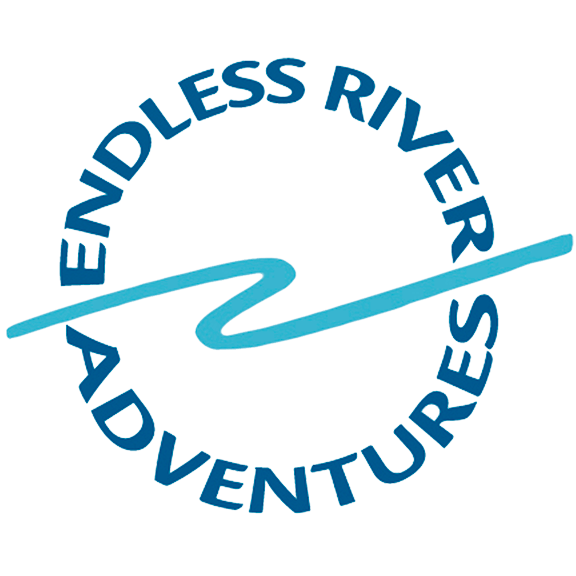The region of Ecuador we spend most of our paddling time is called the Oriente. One of three regions (the costa, the sierra and the oriente), the Oriente contains nearly half of the square footage of the country, but less than 5% of the 12.5 million population of Ecuador.
During this past week we explored many of the rivers of the Oriente, immersing ourselves in a long history of explorers who have ventured into the Oriente and found a treasure–ours being whitewater!
Human settlements have existed in the Oriente since sometime around 2450 BC. Early indigenous of the Oriente lived in a region rich in natural resources: rivers, plants, tropical fruits and of course–gold.
In the sixteenth century came the Spanish conquistadors in hot pursuit of gold. What they more found was cinnamon, cacao, the headwaters to the Amazon (see for the story of Orellana) , and hostile indigenous groups that fought them bitterly.
Following in the footsteps of the conquistadors were the early catholic missionaries. They tried to tame the scattered remnants of indigenous groupsgroups with no common language and little desire to be saved. The missionaries worked to make quichuaa dialect present in the Amazonian area, the common language in the Oriente (versus quechuathe Incan dialect of the Sierra of Ecuador and Peru).
The Amazonian Quichuas numbered between 30,000 and 40,000 inhabitants divided into two subgroups: Napu Quichuas Runa of the Upper Napo river and the Canelos Quichuas, located in the province of Pastaza. They accepted the encroaching civilization much better than some of the indigenous deeper into the Oriente. such as the Huaorani, Zaparo, Cofans and Shuars, some of whom have yet to make contact with advanced civilization today.
Moving forward a number of centuries to 1861, just thirty years after Ecuador had declared its independence from Gran Columbia, the territory called the Oriente was designated after Ecuador and Peru signed a treaty defining each others borders.
In 1941, Peru grew ambitious and invaded Ecuador occupying more than half of its territory in the eastern Amazon basin in a 10 day war. A treaty was negotiated in favor of Peru a year later. The U.S., Brazil, Chile, and Argentina agreed to act as guarantors of the peace treaty. The U.S. Air Force completed mapping and marking most of the borders of the Oriente by 1947. But because of the hope of finding gold, uranium, and oil, there was no resolution in Ecuadors mind and in 1995, war flared up again between the two countries. It was not until the 1998 that Ecuador finally acquiesced and allowed Peru to keep the territory–putting to end one of the longest territorial disputes in the western hemisphere.
In 1967, a new gold was discovered in the Oriente–oil. With the help of the Texans, Ecuador explored the northeast corner of the Oriente for new riches, building a pipeline that extended over 500 kilometers across the country, scaling 14,000ft mountain passes, inhospitable jungle, and eventually depositing petroleum at a refinery on the northwest border of Ecuador.
With the discovery of oil came the construction of roads through the Oriente (previously there was only a horse trail between the colonial town of Baeza and Quitoa four day horse trip). With roads came new settlers. Co-existing alongside the pipeline, new settlers of the Oriente cultivated bananas, cacaoa plant originating in the Americas, and tropical fruits never heard of (tomate del arbol, cervilla de la montana, guava, guanabana, naranjillo). As settlers found homes in the Oriente, dairy farming was introduced; the wet soggy paramo of the highland areas of the Oriente being suitable to cows and little else.
Rivers like the Napo, Paute, Pastaza, Zamora were explored by the early settlers as they mapped the country and identified the headwaters that ran an eastern course as tributaries of the Amazon. But it was in the 1990s that yet a new gold was discovered in the Oriente: whitewater rivers and the promise of tourism. Already a paradise in its untouched, cloud forest/rain forest setting, tourism in the Oriente still mainly consisted of adventurous souls looking to explore Ecuadors Amazon area with trips to such jungle retreats as Cuyabeno. The majority of Ecuadorians still shuddered at the thought of traveling to the Oriente–for fear of wild indians, giant snakes and unpaved roads. But the discovery of Ecuadors whitewater treasure brought a whole new type of traveler into the tourism mix: kayakers and rafters.
While there are still pockets of culture to be discovered in the vast region called the Oriente, including whitewater runs that lack access points to date, the rivers that we call home here in Ecuador are treasures. In a solid week of boating, it is impossible to do anything but just scratch the surface of the potential runs we have to chose from. This past week we shared these runs with a group of experienced boaters coming in from North Carolina, Colorado and California. Boasting extensive international travel, the rivers of Ecuador became instant favorites with this group. And a fine time was had by us all as seen in the gallery of photos collected up this week.







